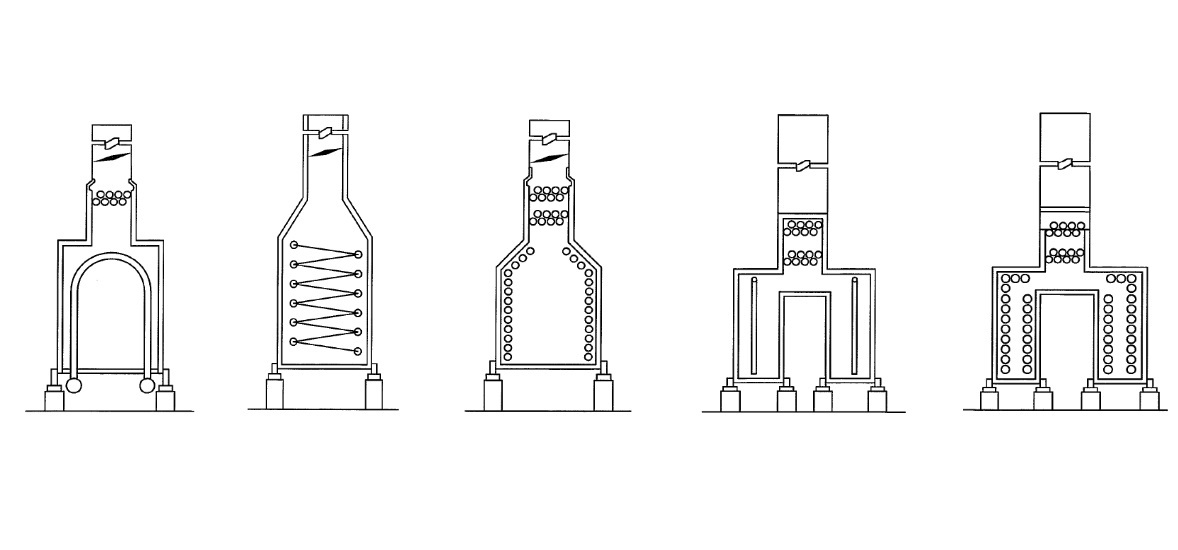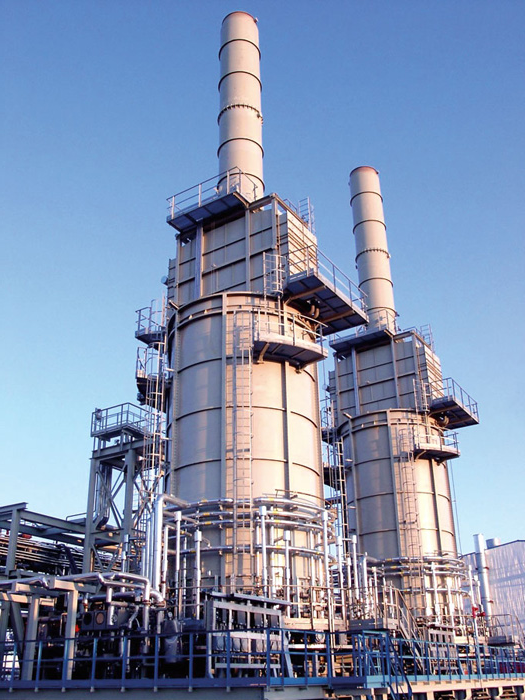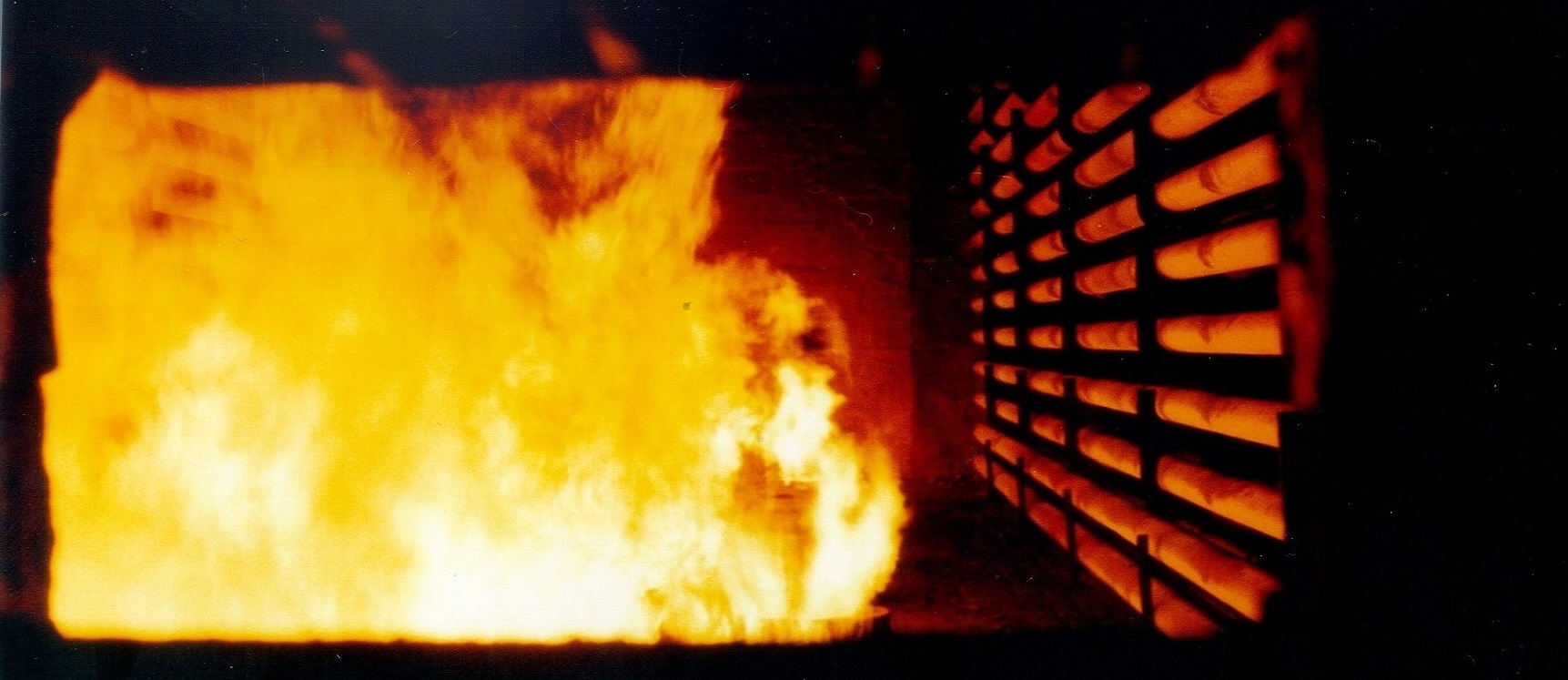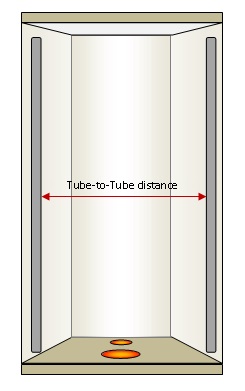We use cookies to improve user experience on our website. By using our website, you consent to the use of these cookies.
We use cookies to improve user experience on our website. By using our website, you consent to the use of these cookies.

Image extract from API Standard 560 Fired Heaters for General Refinery Service
API Standard 560 is an internationally recognised code which defines the design of Fired Heaters. Most of the heaters built in recent years, will fit into one of the 3 main configurations as follows:
- Vertical Cylindrical (Vertical Serpentine coils arranged within a cylindrical firing section)
- Cabin Heater (Horizontal radiant coils within a firing box)
- Box Heater (Vertical radiant coils within a firing box)
Each of the configurations mentioned above may have multiple radiant firing zones, depending upon the amount of energy required by the feedstock process.
(Please note that there are other configuration of API heaters, however, these aren't discussed within this article)
The choice of radiant section layout is made during the early design stages and will largely depend upon the amount of energy required, the type of process (feedstock) fluid and the physical footprint constraints. We'll take a quick overview for some of the most common uses of each type.'

These are perhaps the most common heater design in recent years, likely due to their cost efficient design and relative easy of transportation.
Vertical cylindrical heaters are commonly used for utility feedstocks such as Thermal Oils and Ethylene Glycol, but are also often used for Reboiler and Reactor Feed services.
With most of the refractory surface inside the heater being sheiled with coils, contributes to the cost efficiency of the layout and smaller footprint in comparison to the other design options.

This layout is often the preferred choice for crude feedstocks. The horizontal coils means that the process fluid can be readily drained for maintenance and cleaning activities.
The ability for scheduled cleaning of tubes is particularly important for Crude Heaters, as a internal coke / fouling layer deposit inside the tubes during operation, which can be cleaned during plant shutdown cycles.
The coils are usually mounted along the walls of the longest side of the- firing box, with the end walls left clear for viewing ports.
Cabin heaters are also inherently more capable to mount larger convection sections than VC heaters, which can be a preferred design route with larger duty heaters.

This layout is probably less common than the preceding two, but can be used to somewhat to merge the benefits of the VC and Cabin designs.
For example, like the Cabin, the Box is also inherently more capable to mount larger convection sections, which is great when large duties are required. In addition, like the VC, the Box also benefits from a cost efficient tube support design and the abilit to locate tubes on all walls of the radiant section.
However, one of the downsides of having vertical tubes is that the process fluid is not readily drainable, which can be a very improtant requirement form fluids that are prone to coking.
If you need any assistance with your heater project, please feel free to get in touch
COVID-19 secure
something wrong
something wrong
Thank you for getting in touch.
We use cookies and other technologies to improve the browsing experience on our website.
By using our website, you consent to the use cookie technologies.